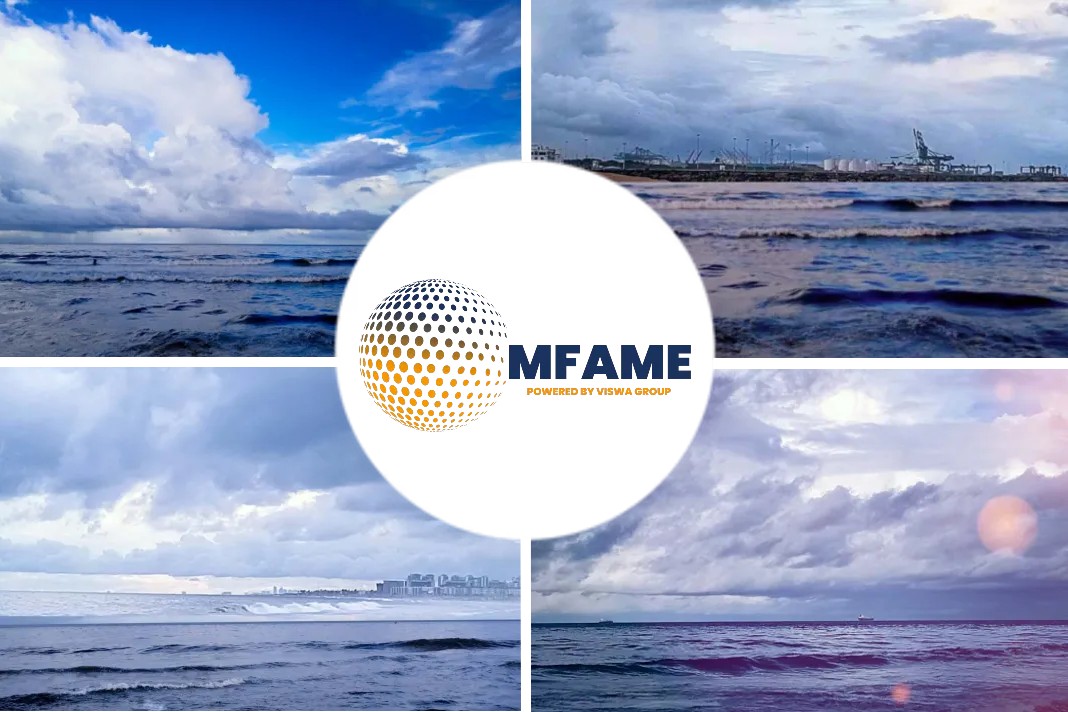 What a ride it has been in the Transportation and Logistics (T&L)sector regarding the B2C eCommerce growth boom world-wide, much of this driven by the global retail sales growth during COVID-19, says an article published on Forbes website.
What a ride it has been in the Transportation and Logistics (T&L)sector regarding the B2C eCommerce growth boom world-wide, much of this driven by the global retail sales growth during COVID-19, says an article published on Forbes website.
Industry must be completely digital to secure its future
The future although seems rosy, is complex and challenging due to rapid industry consolidations, new technology acceleration, ever constant regulatory changes such as GDBR, and of course, Brexit impacting European markets.
The World Trade Organization (WTO) has been most vocal reinforcing the importance of the T&L Industry to take heed on the importance of customer experiences – how courier drivers ship, route and deliver parcels and products with agile speed has become the new normal.
Service speed from Amazon has shifted customer expectations on timeliness on B2B to be as resilient as their B2C personal experiences demanding instant quotations, real time tracking on orders, and personalize messaging on express services.
We have always known the omni-channel logistics for transparent, personalized, efficient and speedy delivery options would forever change the network infrastructure dynamics of the transportation and logistics industry.
We are even starting to see crowd-sourced delivery brands and internet last mile service providers, such as Cargomatic, Flexport flexing their muscle on traditional business models.
Outdated technology
Unfortunately, many logistic companies are held back by outdated IT infrastructures, fleet management and warehousing systems that are impacting their ability to innovate and digitally transform fast enough to differentiate better and achieve greater were never designed to interconnect, and data that is widely distributed between systems specialized to support only individual operations, such as fleet management, warehousing, and port or marine operations.
Smart infrastructure
Smart infrastructure driven by new vehicle technology and autonomous driverless truck and drone ships will change how cargo moves.
As the Internet of Things (IoT) continues to connect everything from courier drivers wearing smart uniforms and smart watches to driving smart vehicles, on smart roads with intelligent signage where every container, pallet, package are all AI and IoT sensor connected, these new capabilities are changing how decisions are made, what routes to take, how fleets are managed where packages, products and cargo flow.
AI, future for T&L companies
AI allows T&L companies to process more easily historical trends to forecast and manage inventory, and address variable demands across supply chain operations.
Historical data from past operations can help AI algorithms conduct primary operations automatically, reducing human error in the supply chain, and even predict revenue forecasts or operating margins – being able to see foreward vs looking in the rear view mirror with sophisticated AI driven predictive models is in short the only future for T&L companies that want to modernize and successfully evolve.
Agility and the ability to innovate to use AI effectively and efficiently is unfortunately often hampered when IT architectures are bogged down in legacy investments and ability to apply agile AI solutions in the cloud to inform decision making to help create more memorable customer experiences, and help companies differentiate requires thinking outside the box more.
AI help to increase sales
Leveraging Salesforce’s customer success platform can help companies transform digitally and improve scaling needs. However one of the big issues that constantly plagues CRM systems is often their inability to drive the discipline to use the powerful new tools.
T&L market leaders like Purolator are now powering unique predictive and prescriptive AI sales business models to increase their company’s win rates and accelerate top-line revenue growth.
Purolator’s sales operational leaders have learned that AI requires a transparent ability to easily track data completeness and monitor sales predictions for accuracy. AI without complete and quality data is a recipe for failure.
AI methods like prescriptive analytics offers Purolator sales professionals real-time coaching. Like Uber guides its passengers to the right destination with more precision in timely navigation, next generation AI sales guidance systems also will have an uncanny ability to provide real-time relevant sales coaching to help both the seller and the customer to have a more valuable experience.
Digital Transformation
Digital Transformation is not easy and although the technology solutions can easily be found in the market, it takes tremendous leadership, communication and talent management to up-skill T&I industries – and of course investment capital and sustainability – or simply “ the art of the long view,” with a strong dose of patience to manage the ebbs and flows of resistance and renewal.
What is a constant in the T&L industry is leaders will need to build an agile digital culture and business model that consistently values innovation and understands the value of data to drive improved decision making.
Unlocking data relevancy to provide strategic insights will be an ongoing leadership priority as T&L companies continue to drive forward their digital transformation initiatives.
It is an exciting time for the T&L industry as all companies in this sector race to advance their digital transformation efforts, leveraging advanced analytics to see what is hard to see.
Summary
- What a ride it has been in the Transportation and Logistics (T&L)sector regarding the B2C eCommerce growth boom world-wide, much of this driven by the global retail sales growth during COVID-19.
- The future, although seems rosy, is complex and challenging due to rapid industry consolidations, new technology acceleration.
- Smart infrastructure driven by new vehicle technology and autonomous driverless truck and drone ships will change how cargo moves.
- AI allows T&L companies to process more easily historical trends to forecast and manage inventory, and address variable demands across supply chain operations.
Did you subscribe to our daily newsletter?
It’s Free! Click here to Subscribe!
Source: Forbes





















